On Friday, May 2nd, we will host sessions for schools, and on Saturday, May 3rd, we will welcome the public. Enjoy traditional Japanese sweets and a bowl of matcha tea for just $10. We hope to see you there!
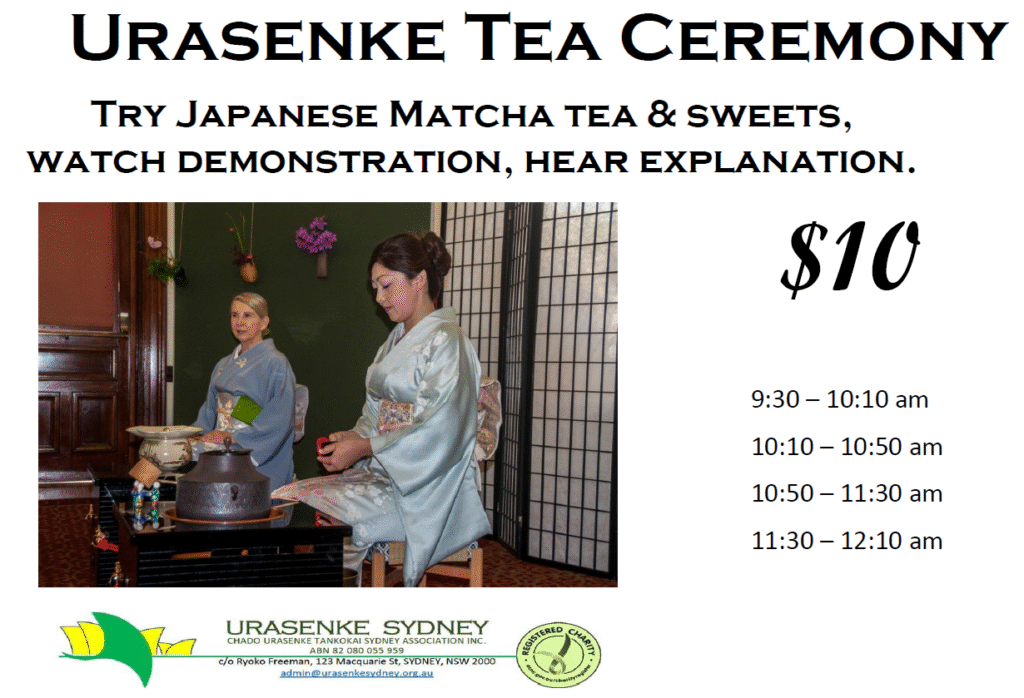
On Friday, May 2nd, we will host sessions for schools, and on Saturday, May 3rd, we will welcome the public. Enjoy traditional Japanese sweets and a bowl of matcha tea for just $10. We hope to see you there!

Our president, Dr. Peter Armstrong, has been honored with the Emperor’s Award: “The Order of the Rising Sun, Gold and Silver Rays (旭日双綬章)” for his efforts in introducing sumo culture to Australia. The Urasenke Sydney Association held a celebration party last Sunday, where we enjoyed delicious food and wonderful company.
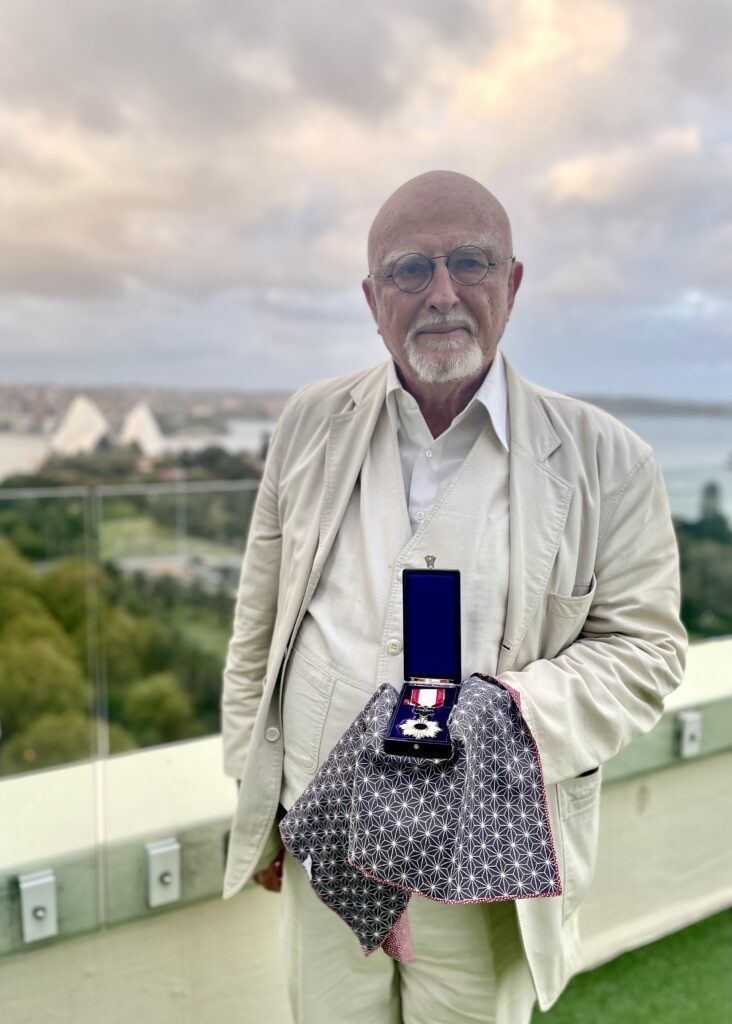
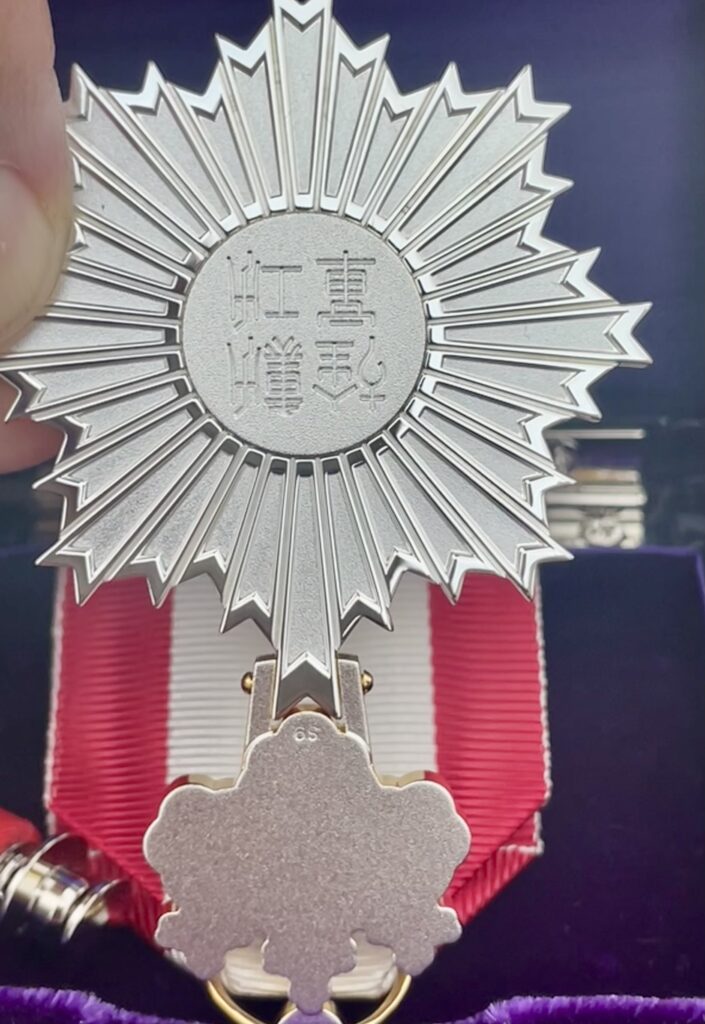
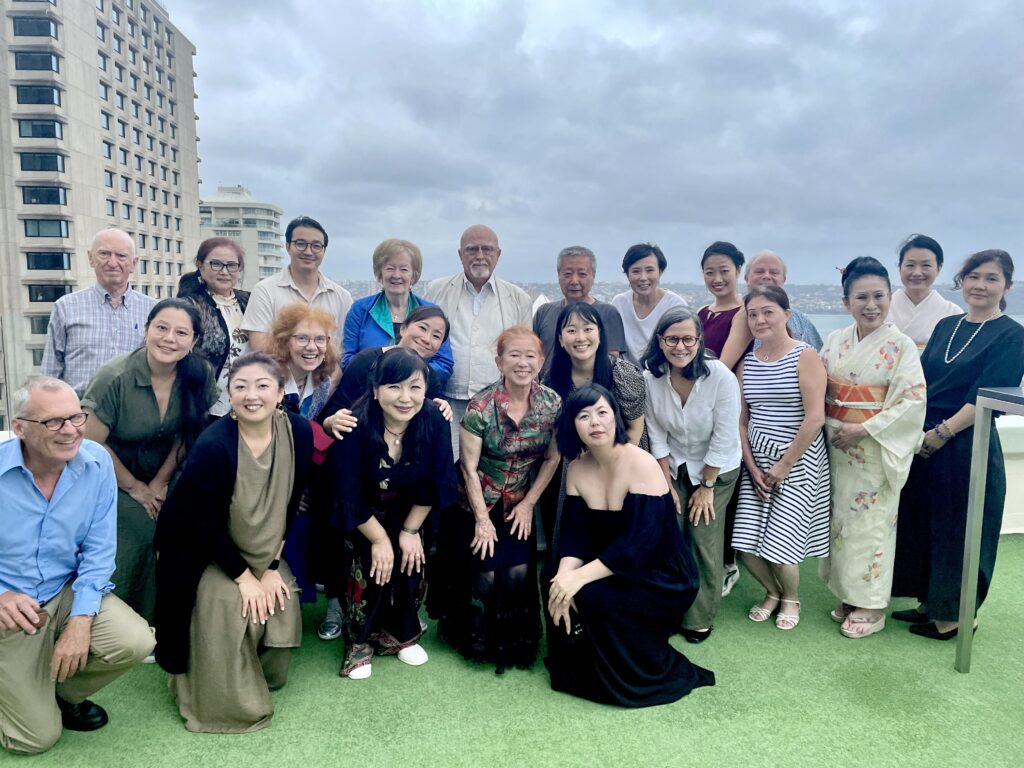
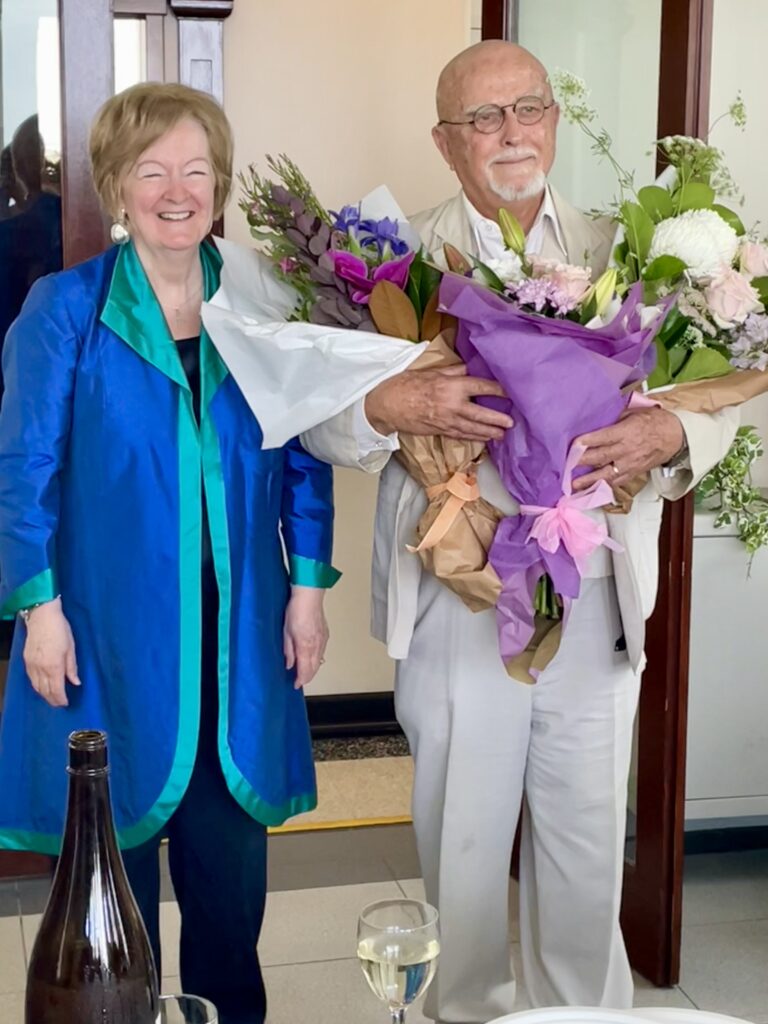
The flowers from Daisousho (大宗匠) and Urasenke Tankokai Sydney members
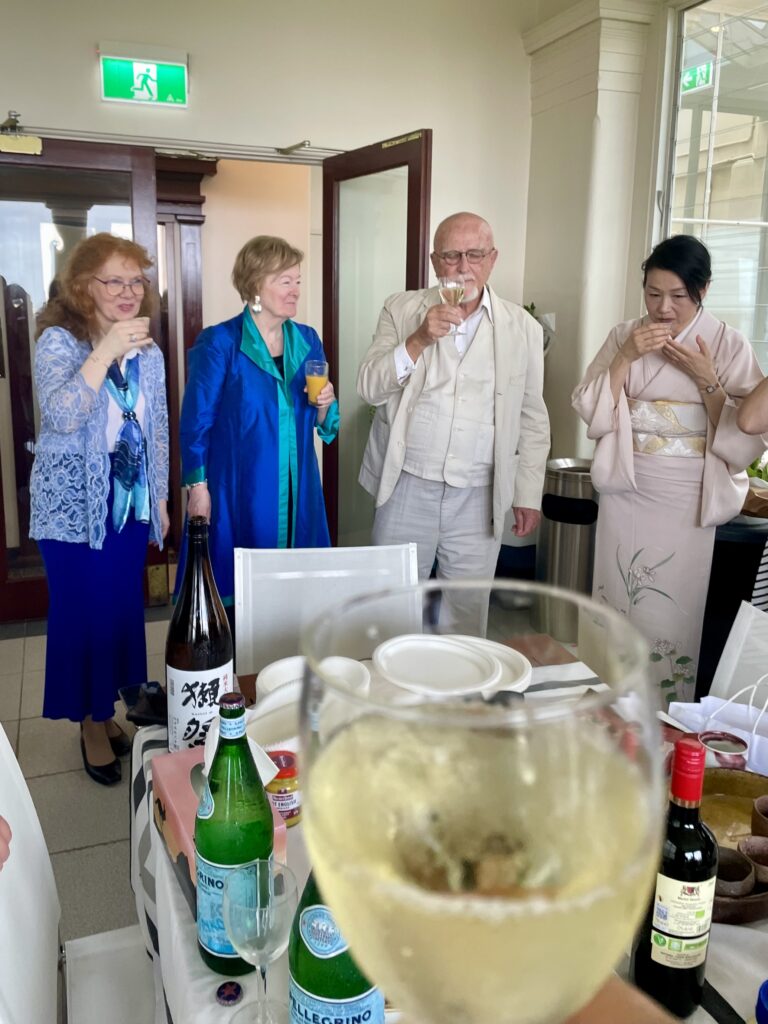
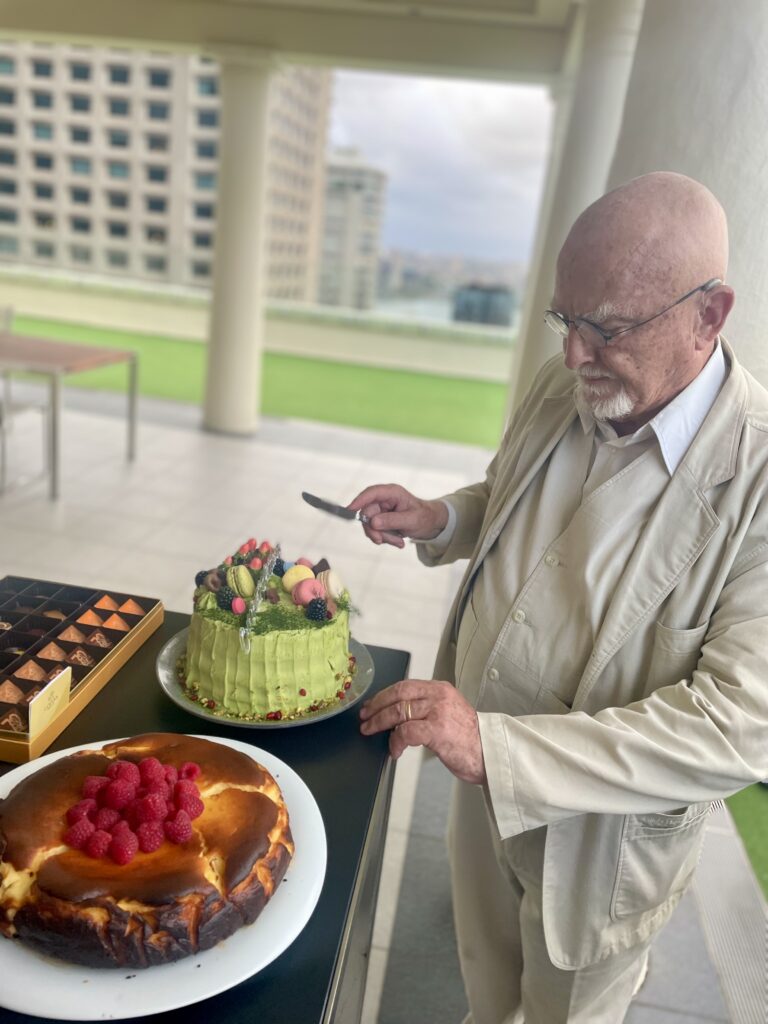
Hand-made cakes by our talented members
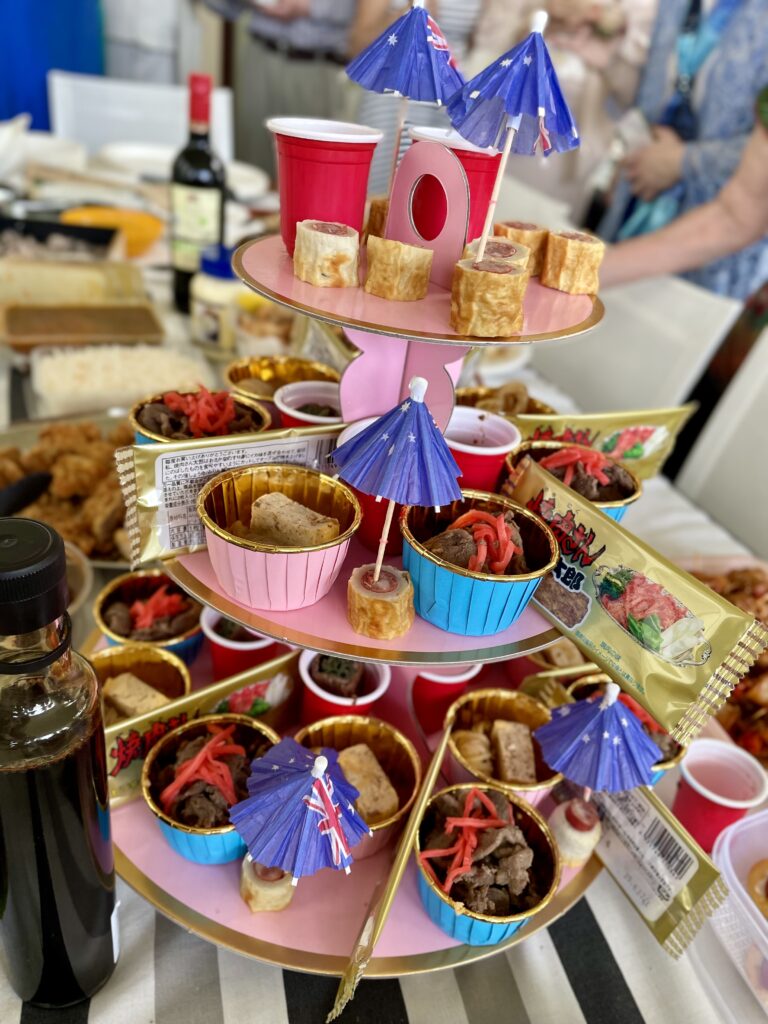
We will have an Annual Chakai on 26th October 2024 at Glebe Town Hall.
There are three sessions available and it costs $60 per person which includes:
Please book early to avoid disappointment!
The booking link: https://www.trybooking.com/CVHBB
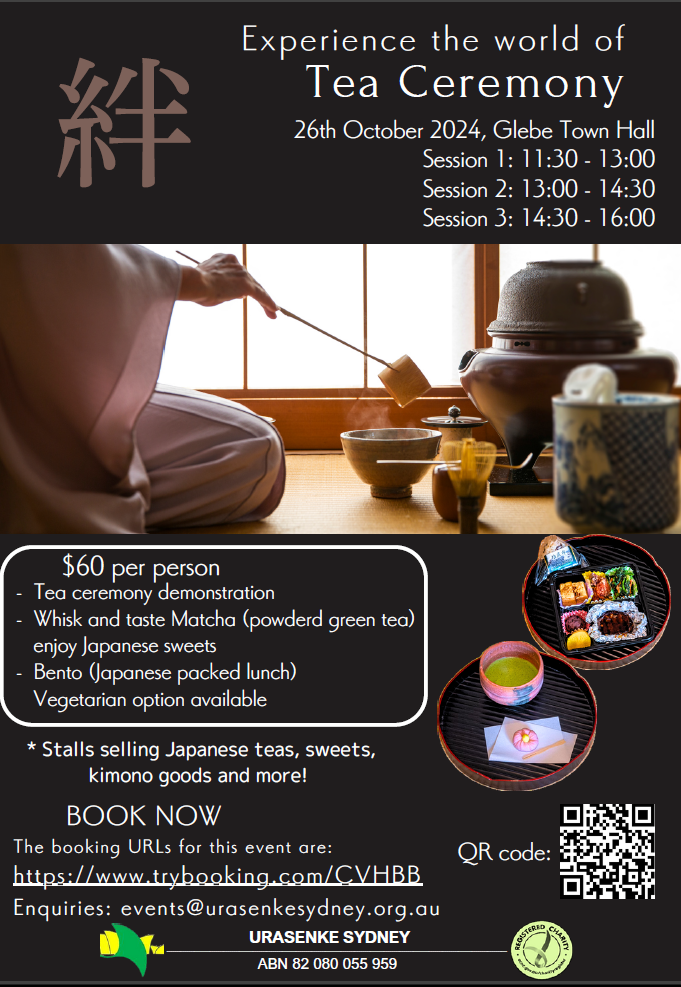
Thanks to a grant from the Japan Foundation, Urasenke Sydney was able to demonstrate chado to the public and run workshops for school students in Cowra during the shire’s Koyo Matsuri festival on 3rd and 4th May.
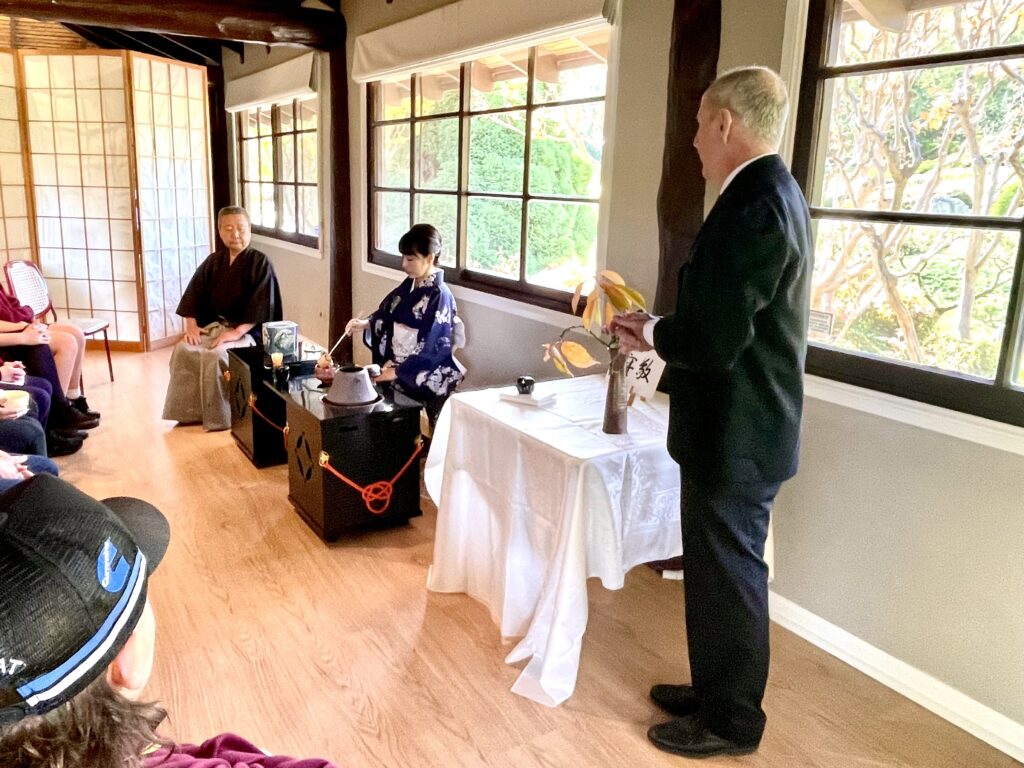
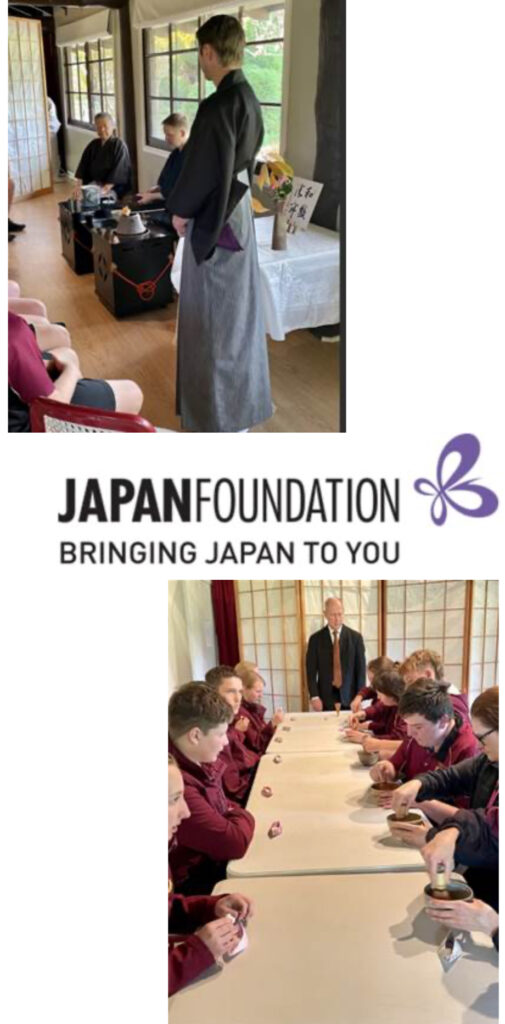
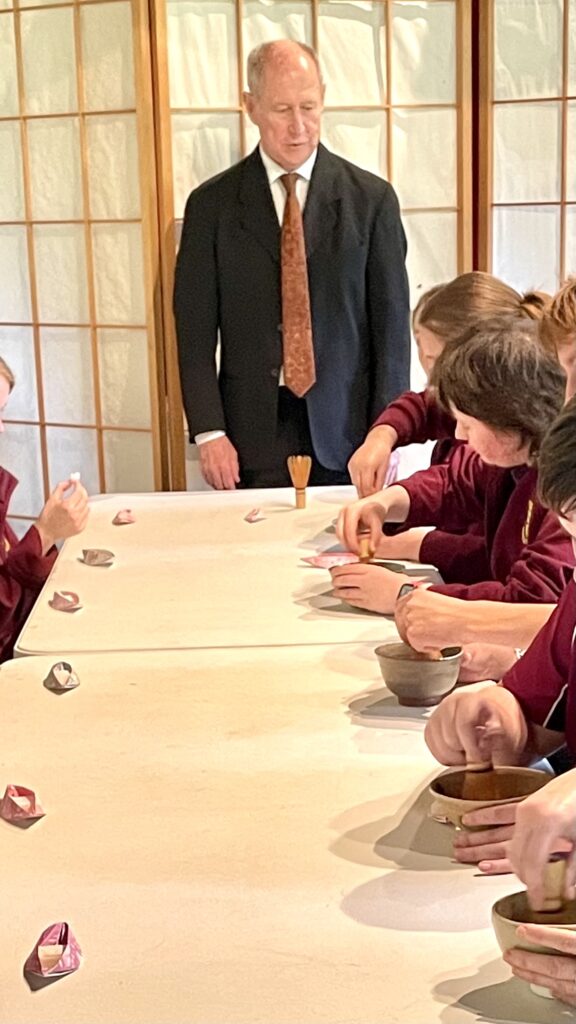
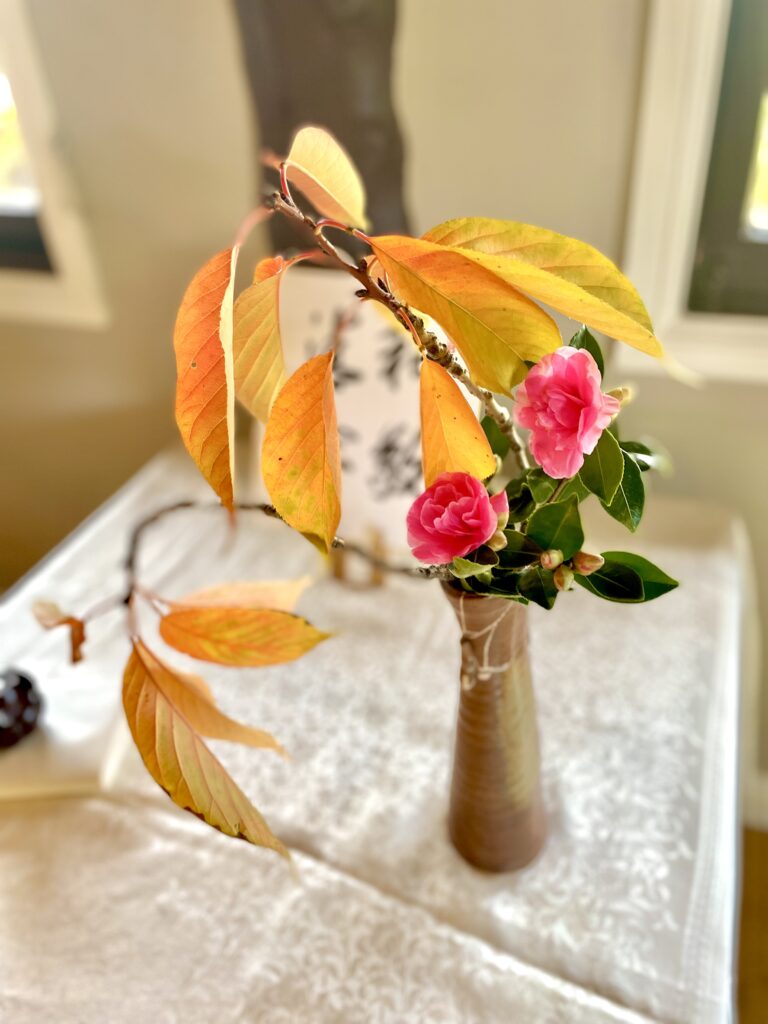
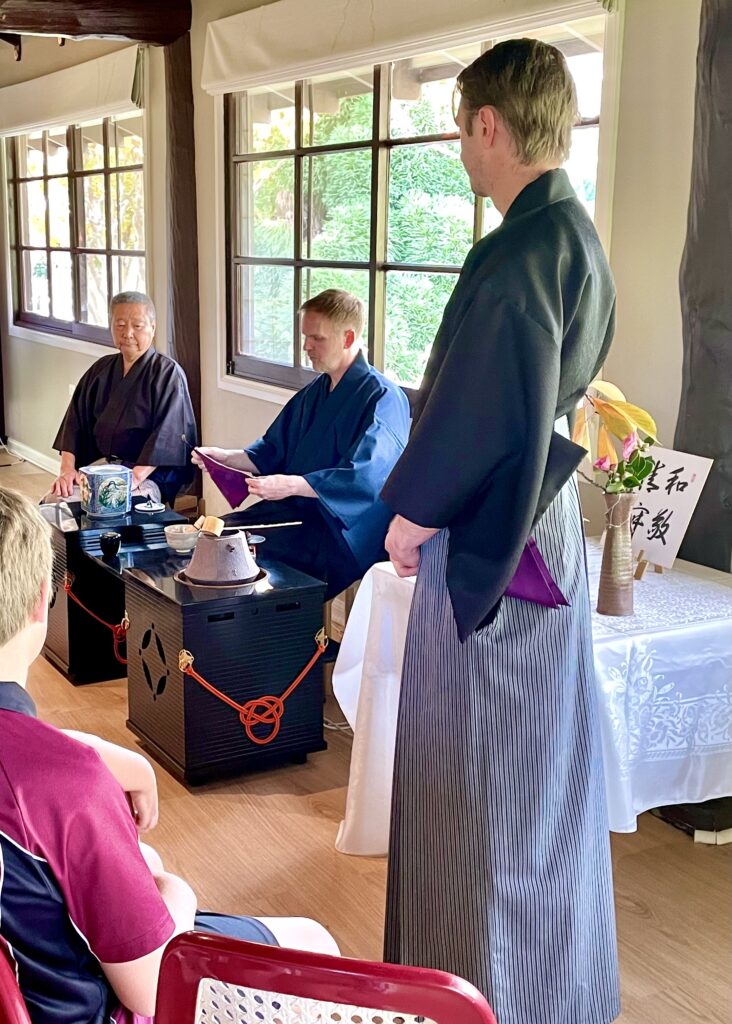
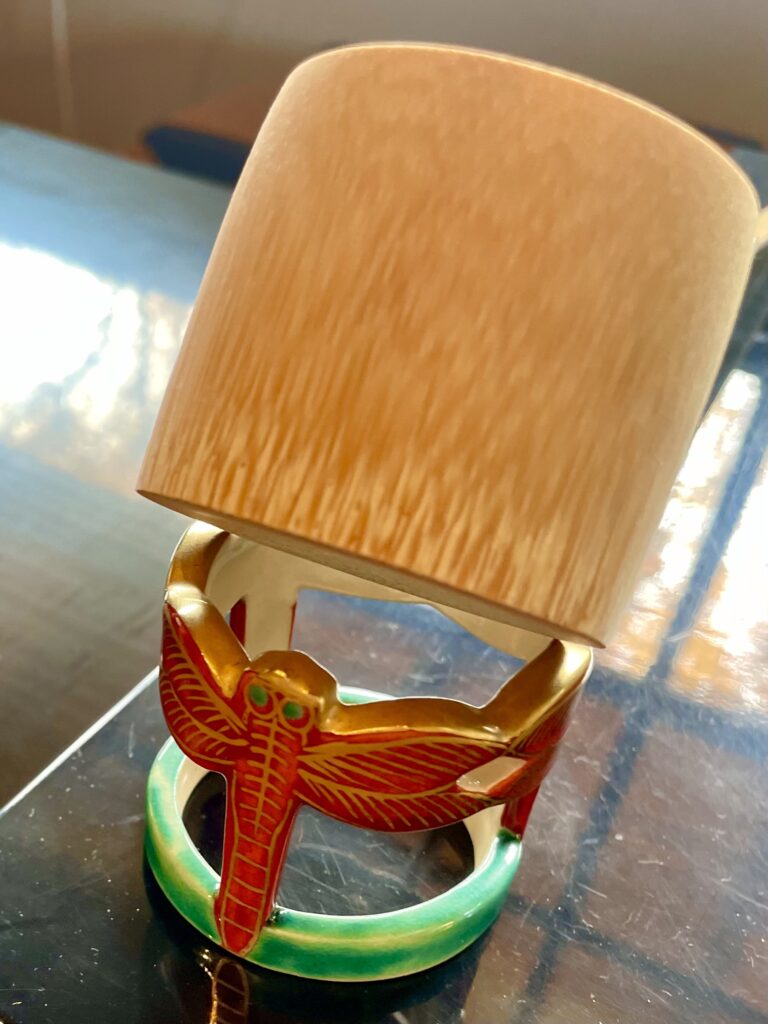
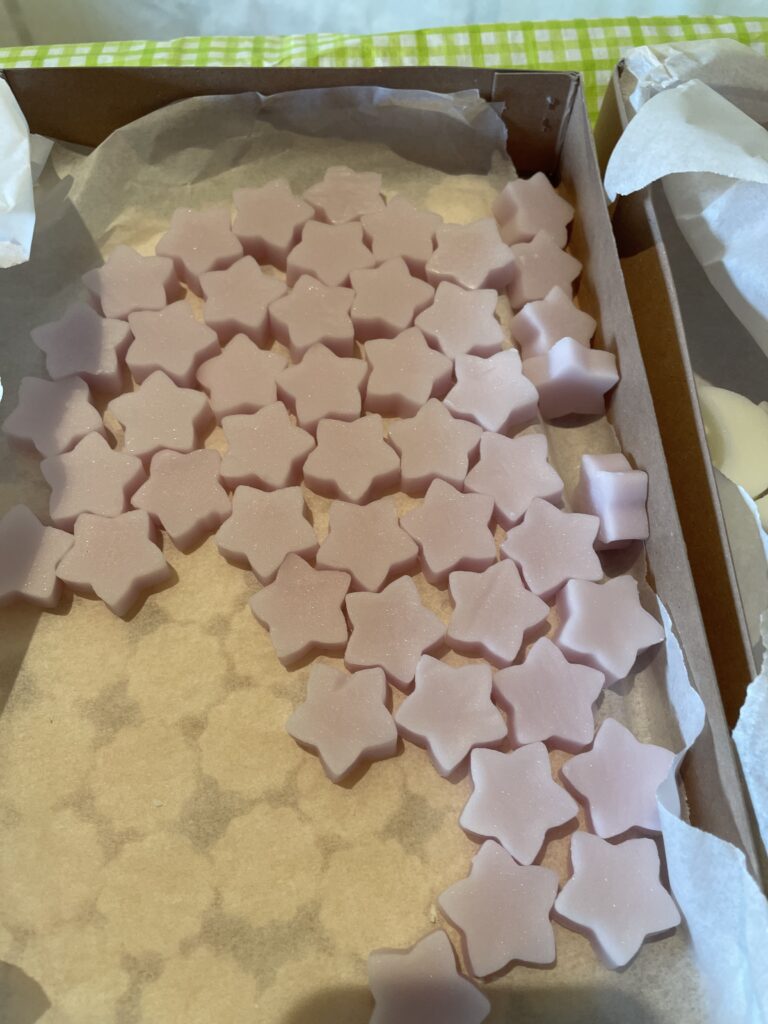
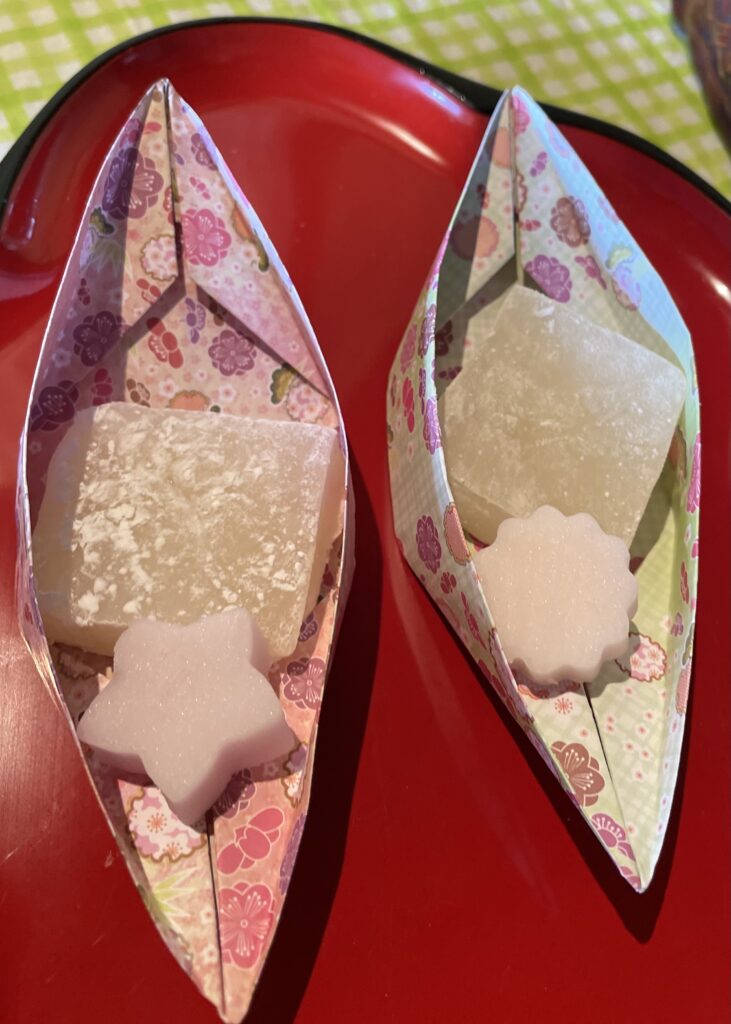
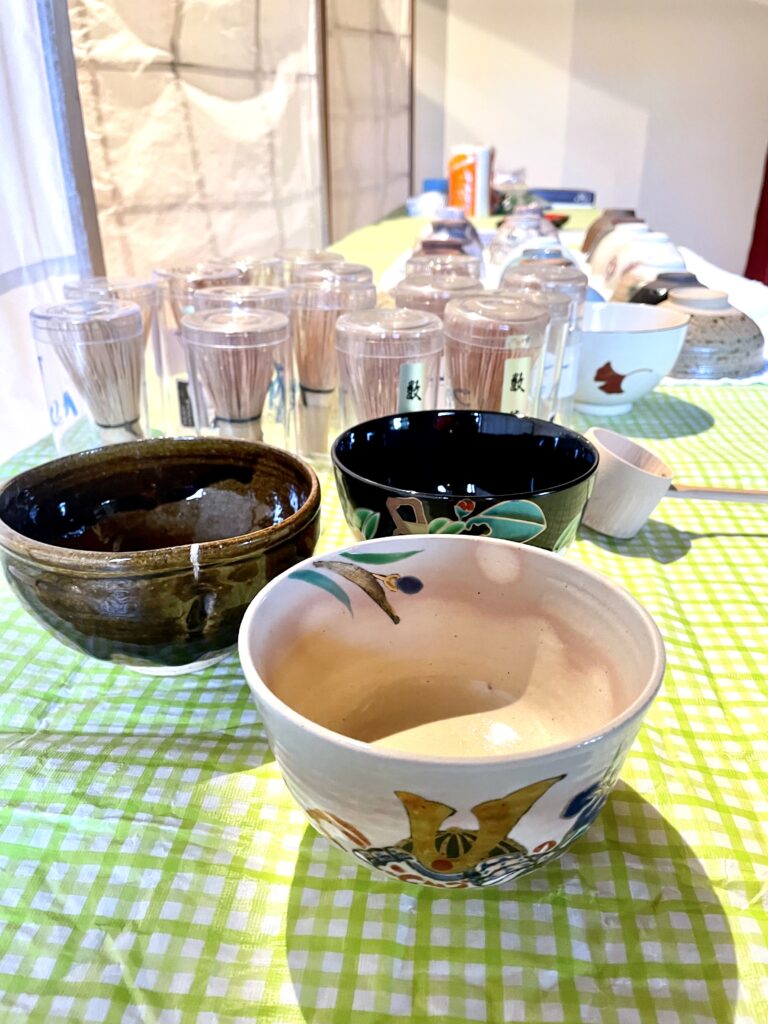
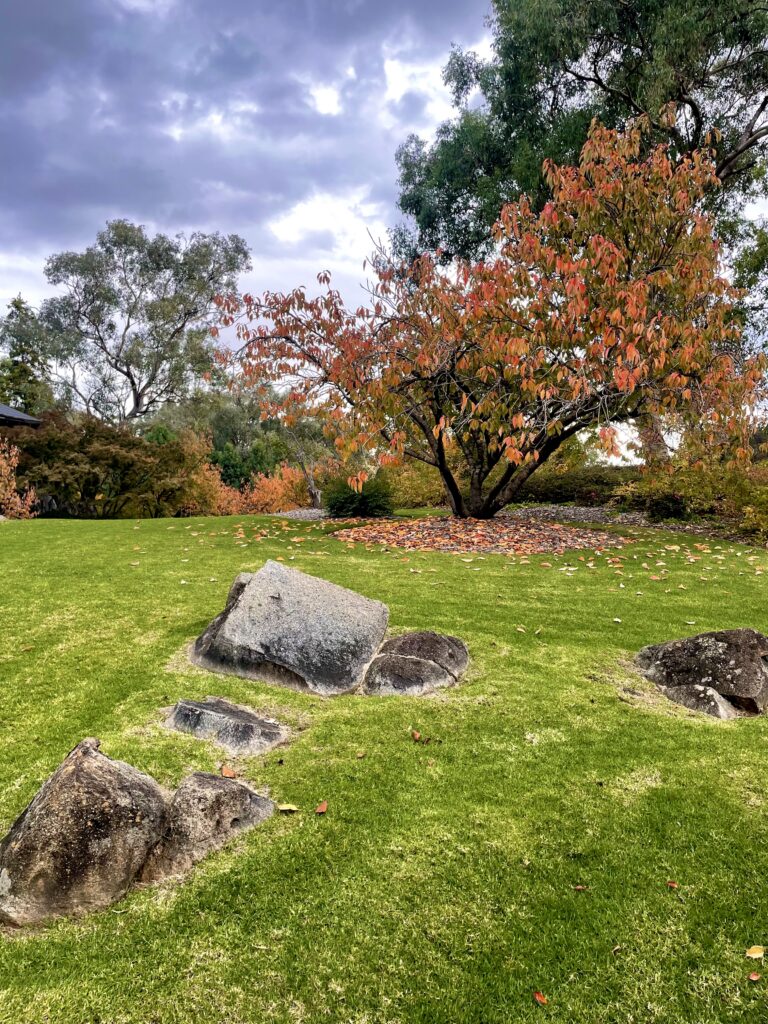
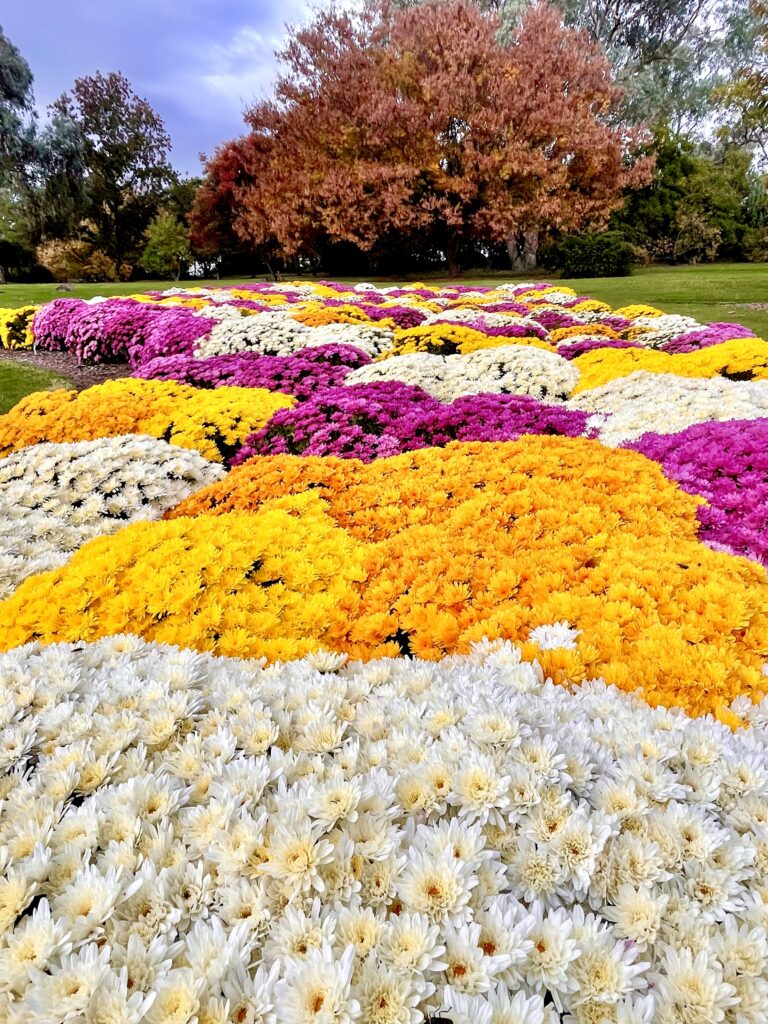
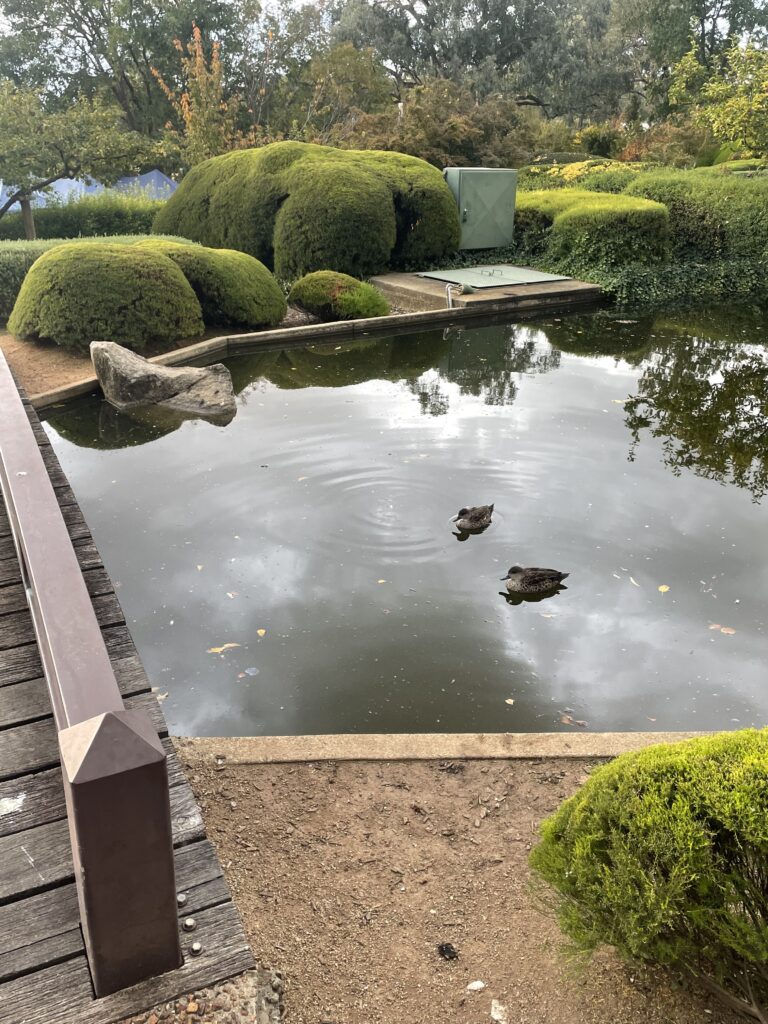
Children who have been studying tea ceremony
demonstrated their skills in front of parents. In
addition to the four Association members who have
been volunteers at the tea ceremony club (Tomomi
Nakaya, Mihoko Ura, Yoko Sullivan), several other
Association members (Ryoko Freeman, Taeko Pegios,
Yen-Yu Lin, Yumiko Gertler, Yukiko Uchida) attended
the Family Fun Day. Some of the mothers of the
students also assisted on the day. Lunch boxes, snacks
and water were provided by the chado club.
We had beautiful weather, and all the students did
wonderful and confident performances in front of
their parents and other members of the audience.
Most sessions were at capacity.
Everything ran smoothly on the day, thanks to the
wonderful work of all the helpers who attended, and
everyone worked very hard to ensure it was a success.
The money made on the day from the sale of tickets
will be used by the Chado club to buy utensils for the
club, once the tea cost and lunch box cost have been
deducted
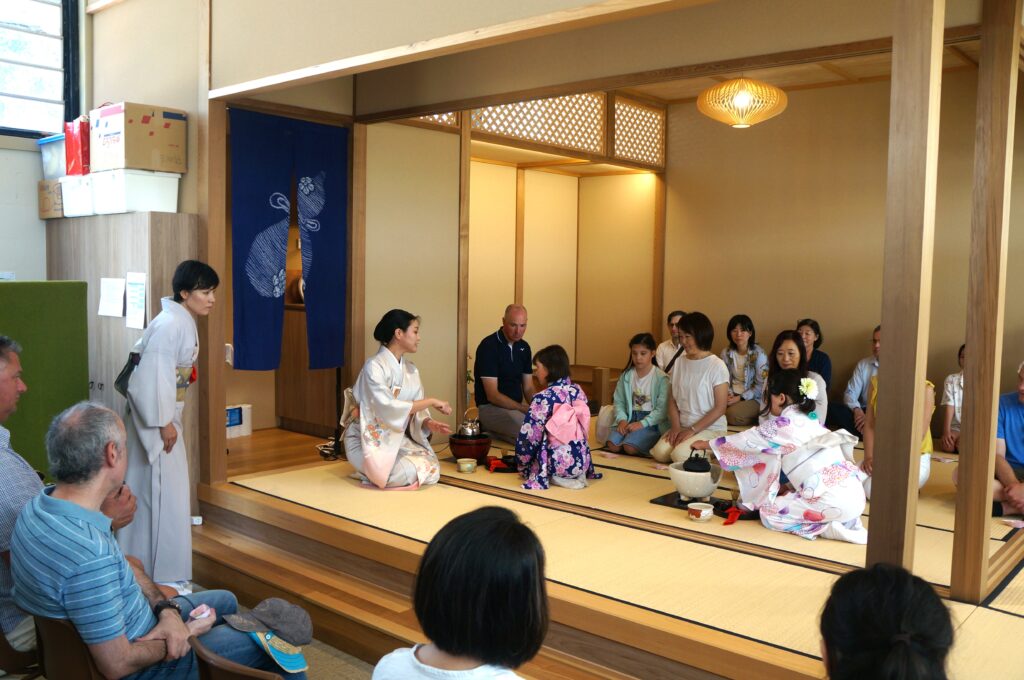
First Urasenke Chado lesson at Sydney Japanese International school.
Six students from Y3 to Y6 started to learn Bonryaku temae盆略点前.
Enjoyed Daifuku-mochi大福餅 and Macha抹茶 green tea.
